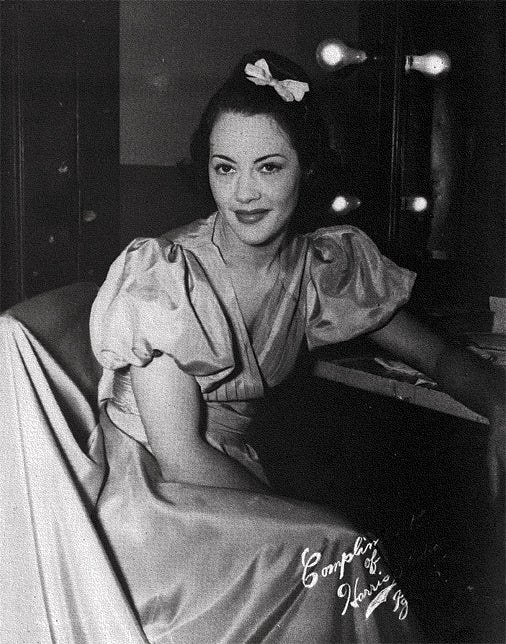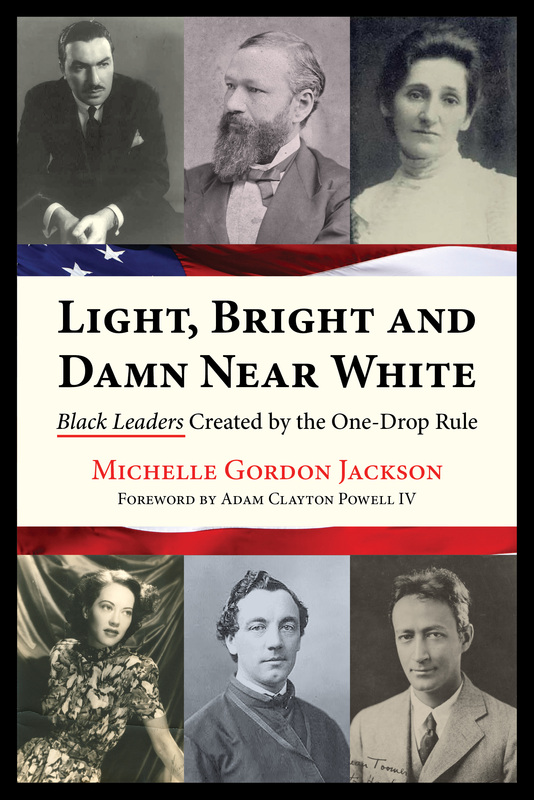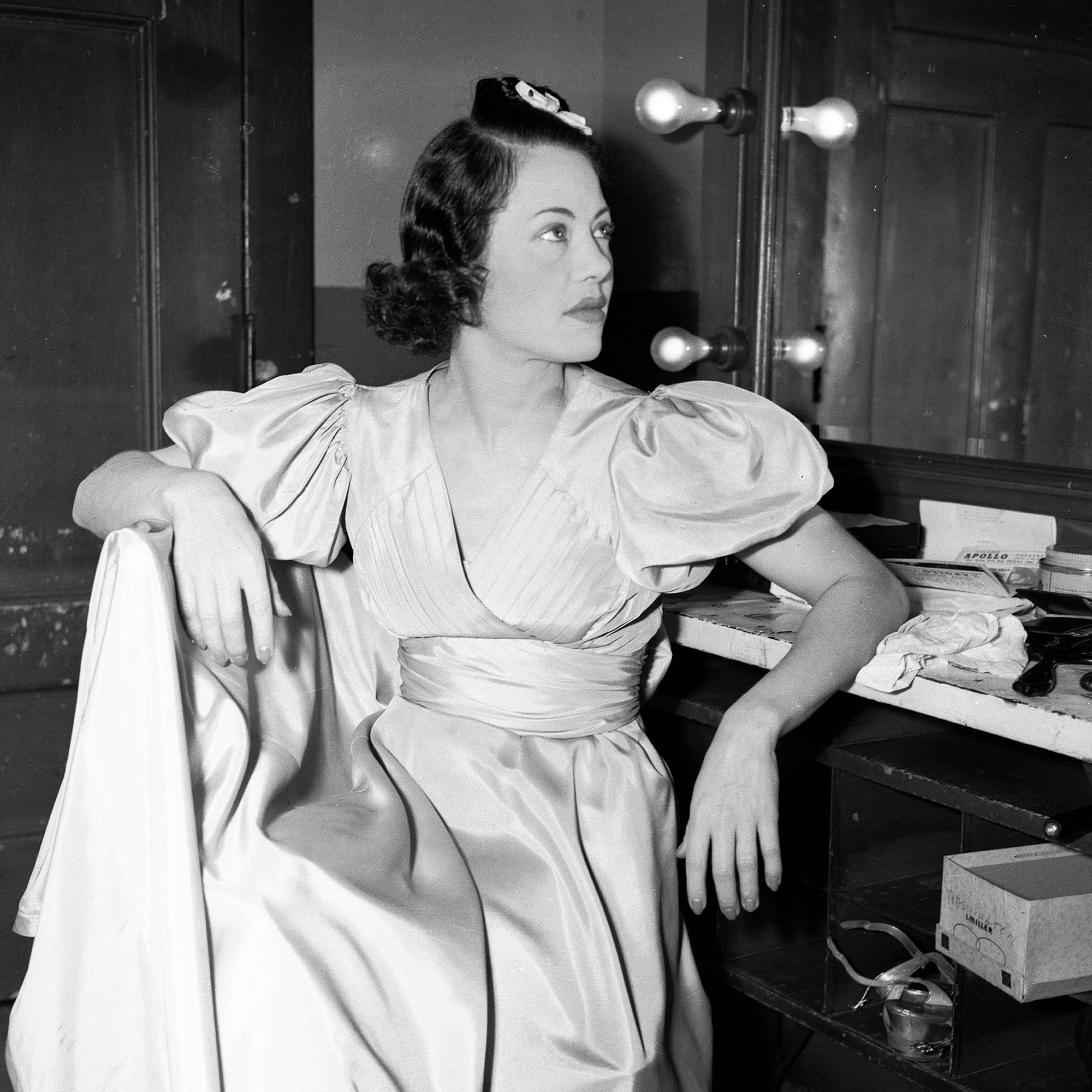Passing, in Moments
Topic Magazine
Issue No. 25, Journeys
July 2019
Mat Johnson
The uneasy existence of being black and passing for white.
When I was 12, my Aunt Margaret told me, “You got straight hair, you got pale skin. If people don’t know you’re colored, don’t tell them.”
Aunt Margaret was black, but if you said “black” and not “colored,” she would go off on you. I was black too—still am—but I look white. Or I look whitish; it depends on the viewer. My father’s white and my mother is black, but high yellow and racially ambiguous. Though my mom insisted I was black too, I found a strong argument against that every time I looked in the mirror. And I grew up cut off from my extended black family, which just added to that feeling of disconnection. Sometimes I’d tell other kids I was black, and until they saw my mom, they wouldn’t believe me.
One time I told Aunt Margaret, “Nobody at school knows I’m black—”
“Colored.”
“Nobody at school knows I’m colored.”
She looked at me like I’d lost my mind. That’s when she said it, holding one of my flaccid brown curls in her hand like it was a piece of gold. “You got straight hair, you got pale skin. If people don’t know you’re colored, don’t tell them!”
At 12 years old, I thought Aunt Margaret was confused. I thought her response was antiquated, ridiculously old-fashioned, like how she insisted on using the word “colored” instead of “black.” I thought it was cute. I thought it was funny.
At 19, radical as all undergraduates should be, I thought that, despite how much I loved Aunt Margaret, that she was a color-struck sellout for telling me to live my life as a white man. That, in essence, she was encouraging me to abandon my roots, to reject the black community, in exchange for complete access to white privilege.
At 49, I think she told me what she told me because she loved me. Because she’d been black in America for 80-some years and she didn’t want me to have to endure the way she did. That she wanted the safety of whiteness for me. That she wanted me to thrive, but also to have the full force of America’s wind at my back, instead of getting hit with it head-on.
That Aunt Margaret was expressing what generations of black mothers sometimes told white-appearing children, particularly boys: escape from blackness for your survival.
(And, also, she was color-struck.)…
Read the entire article here.




